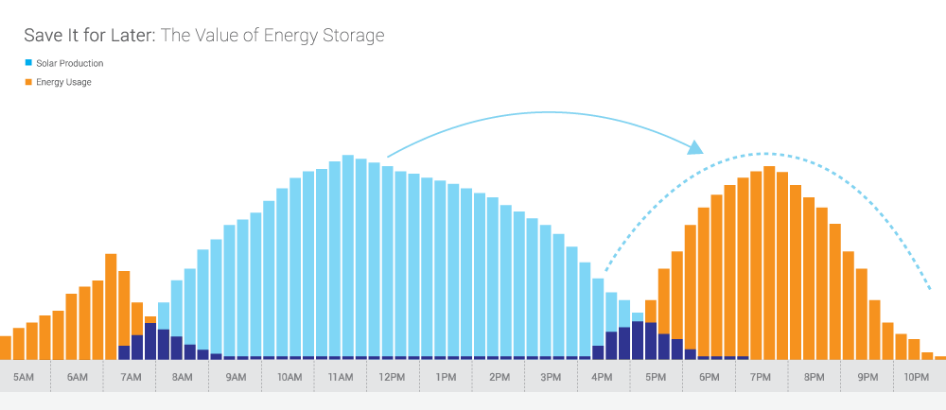Investor's Corner
Elon Musk makes a rare appearance on SolarCity’s Q2 conference call
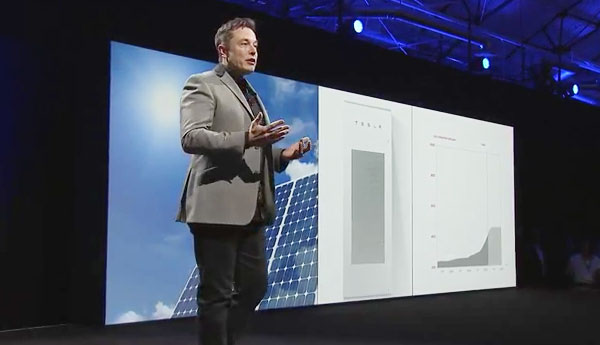
SolarCity reported its Q2 quarterly results on Tuesday August 9, 2016, but unlike calls from the past where CEO Lyndon Rive’s provides a financial outlook for the nation’s largest full-service solar provider, Tesla CEO and SolarCity Chairman Elon Musk took stage to discuss future plans for the company. This marks a rare occasion for Musk and arrives at a time when discussions for the impending merger between Tesla and SolarCity is the hot topic among shareholders and analysts.
SolarCity provided shareholders with a Q2 2016 Shareholder Letter and accompanying Slide Presentation. While there might be little interest in the earnings report for Tesla owners and fans, quite a few interesting tidbits were provided during the afternoon SolarCity Analysts conference call by Musk.
Tesla Acquisition
Philip Lee-Wei Shen of ROTH Capital Partners asked why “the final deal and offer price was actually lower than the original price.”
Elon responded that “this is a negotiation of the independent board members. I actually wasn’t part of – and part of it was simply what they came up after, I think, a quite exhaustive discussion that lasted a week or two. So I’ve not inquired about the details and I’m not privy to the details, but it was ultimately what they concluded was fair between the independent board members of SolarCity and the board members of Tesla. Obviously, this is now up to the shareholder votes, independent shareholder votes where, I would say, I’m recusing myself. I’m not legally obligated to recuse myself, I’m just doing so, because I think it’s morally the right thing to do and so is Lyndon and Pete and JB Straubel.”
A new Product: Solar Roof
SolarCity is going to enter the “solar roof” market.
“We’re going to be making a pretty interesting product and I’m excited to kind of reveal to you all at some point, but it is not just your typical module, it is both very efficient and it looks really, really good,” said Peter Rive (CTO).
Elon elaborated that “It’s a solar roof as opposed to a module on a roof. I think, this is really a fundamental part of achieving a differentiated product strategy – it’s not a beautiful roof, that it is a solar roof, it’s not a thing on a roof, it is the roof. That’s – which is quite a difficult engineering challenge, and not something that is available really anywhere else that is at all good. I think this will be something that’s quite a standout. So one of the things I’m really very excited about the future.”
“It’s just addressing a really big market segment, so just in the U.S., there is 5 million new roofs installed every year,” said Lyndon Rive (CEO).
“The interesting thing about this is that it actually doesn’t cannibalize the existing product of putting solar on roof, because essentially if your roof is nearing end-of-life, you definitely don’t want to put solar panels on it, because you’re going to have to replace the roof,” said Elon Musk (Chairman). “So, there is a huge market segment that is currently inaccessible to SolarCity, because people know they’re going to have to replace their roof, you don’t want to put solar panels on top of a roof you’re going to replace. However, if you are close – if your roof is nearing end-of-life, well, you’ve got to get a new roof anyway, there’s 5 million new roofs a year just in the U.S. And so, why not have a solar roof that’s better in many others ways as well. We don’t want to show all of our cards right now, but I think people are going to be really excited about what they see.”
Notice that roof solar is a business where there are players already: Luma Resources, CertainTeed and Integrated Solar Technology, in particular and one that DOW Chemical just exited.
The solar roof product will be manufactured in Buffalo, NY. Elon added that “it’s really important to manufacturing in-house because its panels control the aesthetics and ideally really design – it’s kind of like making a custom car, like when somebody orders a car from Tesla, they’ll pick a wide array of options, that car will be custom made to their preferences, and you really want the roof custom-made to the individual customer as a kit and then sent to, that will be, the delivery team to get installed.”
Home Energy Management
Colin Rusch of Oppenheimer inquired “how long is it going to be before the combined entity [Tesla Motors + SolarCity] introduces a home energy management system or some sort of robust energy efficiency offering?”
To which Elon joked that “solar and battery go together like peanut butter and jelly. You obviously need the battery, particularly as you get to scale and you want to have solar be a bigger and bigger percentage of the grid. If you don’t have the batteries there to balance the grid and buffer the power, you really can’t go beyond a certain percentage of solar in a particular neighborhood. Maybe you can go up to about 20% solar, but more than that, it starts to unbalance the grid and you need to buffer it, because the energy generation is low at dawn and dusk, it’s high in middle of the day, and it’s at zero during at night. So you got to smooth that out.”
Elon reiterated the usual “sustainable energy” mantra he has been preaching for a decade: “if you like sort of fast forward to where do we want the world eventually to be is want the world to have a sustainable energy generation, a sustainable energy consumption, so that it really requires the three critical ingredients for that, there is the solar panels, the stationary batteries, and electric vehicles.”
Who is going to Win? Rooftop or centralized generation?
“You’ll have millions of these batteries, you’ve got to manage that and integrate it with the utility,” said Elon. “I do want to emphasize, there’s still a very important role for utilities here, sometimes people think that this is an either/or thing, it’s like either rooftops are going to win or centralized generation is going to win and actually both are going to win, because the electricity usage is going to increase dramatically as we transition away from burning old dinosaurs to electric cars, and then to electric transport, we would see roughly a doubling of electricity consumption as all transport moves to electric. And then, there is a tripling of electricity usage if you take all heating and make that electric as well, because obviously most heating is from oil and natural gas particularly.”
Combining battery and rooftop solar
Gordon Johnson of Axiom Capital Management inquired what was the rationale behind the acquisition [of SolarCity by Tesla] when “combining a battery and a rooftop solar company didn’t make a ton of sense because when you have a rooftop solar company with net metering, the grid acts as, effectively, a battery, ruling out the need for a battery technology.”
“Where we see net metering evolving over the next few years, I think this is a really important part of how storage is a combination with the solar,” answered Peter Rive (CTO). “A case that I’d like everybody to review is what just recently happened in New York. This is a collaboration of the local utilities and the solar industry. And the collaboration is net metering for the next three years and then a phasing to more of a grid services model, where you combine solar, storage, smart inverters and provide all these additional grid services, and you phase that in and then essentially you phase-out net metering into that grid services model.”
Peter concluded that “we see that probably happening as a standard policy and we’re going to promote that across all the different states. But you – we have to get to a point where it is the grid services, so that, actually it recognizes the value that solar and storage can provide you to grid.”
I think Peter Rive indeed sees the writing on the wall for “net metering” as being phased out over time. Net metering has disappeared already from states like Nevada, and while it has been retained in California, at least until 2019, all local utilities are switching gradually to TOD (Time-of-Day) billing (the “grid services” model Peter references above), where a “smart battery storage” product that provides “time-shifting” will solve the solar basic dilemma: while solar production peaks during midday, energy consumption is highest in the morning and evening. With storage, you can save the energy you produce for when you need it most, and at the same time you limit the output to the grid, a benefit to the local utility.

Investor's Corner
Tesla stock closes at all-time high on heels of Robotaxi progress
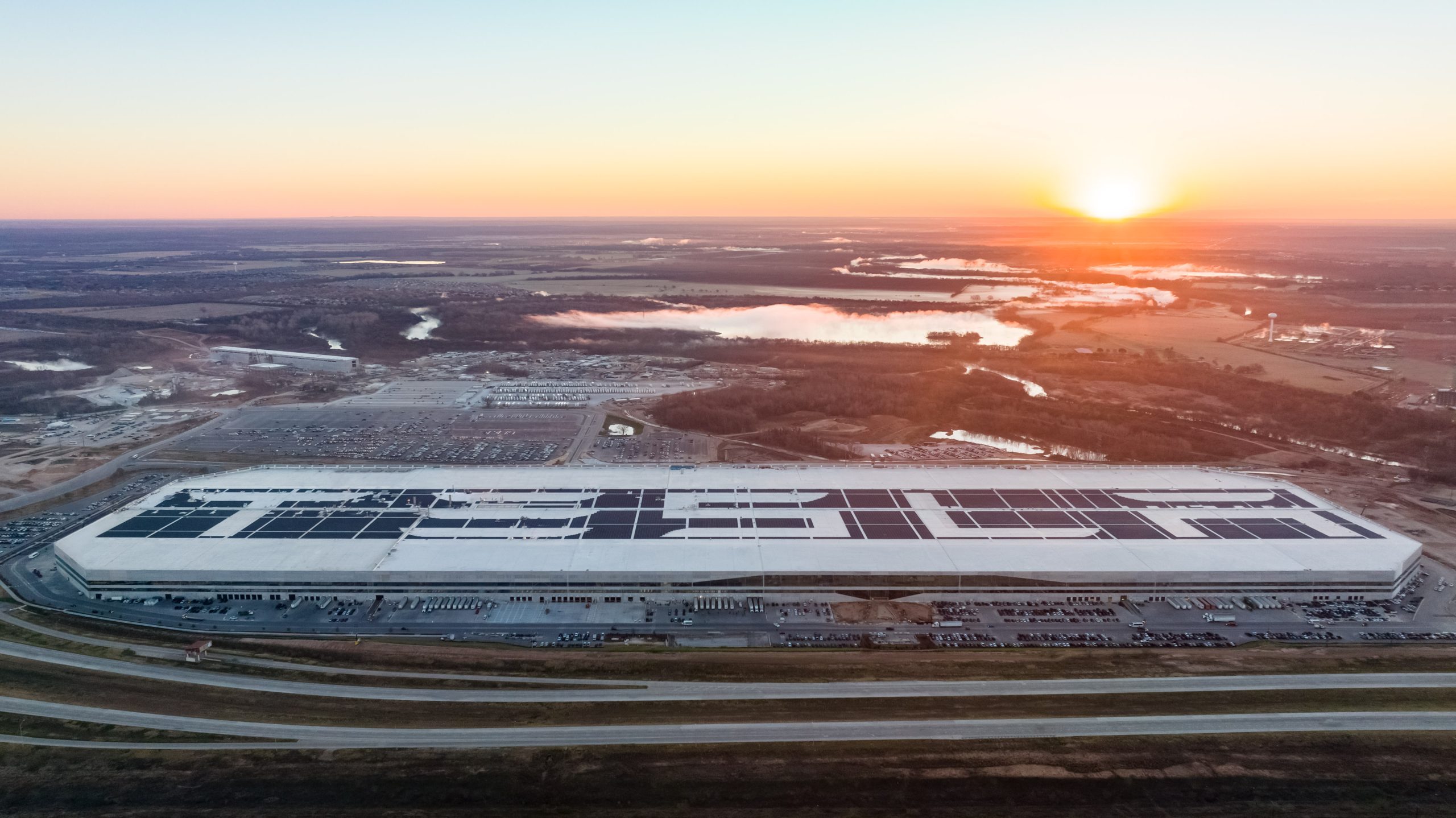
Tesla stock (NASDAQ: TSLA) closed at an all-time high on Tuesday, jumping over 3 percent during the day and finishing at $489.88.
The price beats the previous record close, which was $479.86.
Shares have had a crazy year, dipping more than 40 percent from the start of the year. The stock then started to recover once again around late April, when its price started to climb back up from the low $200 level.
This week, Tesla started to climb toward its highest levels ever, as it was revealed on Sunday that the company was testing driverless Robotaxis in Austin. The spike in value pushed the company’s valuation to $1.63 trillion.
Tesla Robotaxi goes driverless as Musk confirms Safety Monitor removal testing
It is the seventh-most valuable company on the market currently, trailing Nvidia, Apple, Alphabet (Google), Microsoft, Amazon, and Meta.
Shares closed up $14.57 today, up over 3 percent.
The stock has gone through a lot this year, as previously mentioned. Shares tumbled in Q1 due to CEO Elon Musk’s involvement with the Department of Government Efficiency (DOGE), which pulled his attention away from his companies and left a major overhang on their valuations.
However, things started to rebound halfway through the year, and as the government started to phase out the $7,500 tax credit, demand spiked as consumers tried to take advantage of it.
Q3 deliveries were the highest in company history, and Tesla responded to the loss of the tax credit with the launch of the Model 3 and Model Y Standard.
Additionally, analysts have announced high expectations this week for the company on Wall Street as Robotaxi continues to be the focus. With autonomy within Tesla’s sights, things are moving in the direction of Robotaxi being a major catalyst for growth on the Street in the coming year.
Elon Musk
Tesla needs to come through on this one Robotaxi metric, analyst says
“We think the key focus from here will be how fast Tesla can scale driverless operations (including if Tesla’s approach to software/hardware allows it to scale significantly faster than competitors, as the company has argued), and on profitability.”
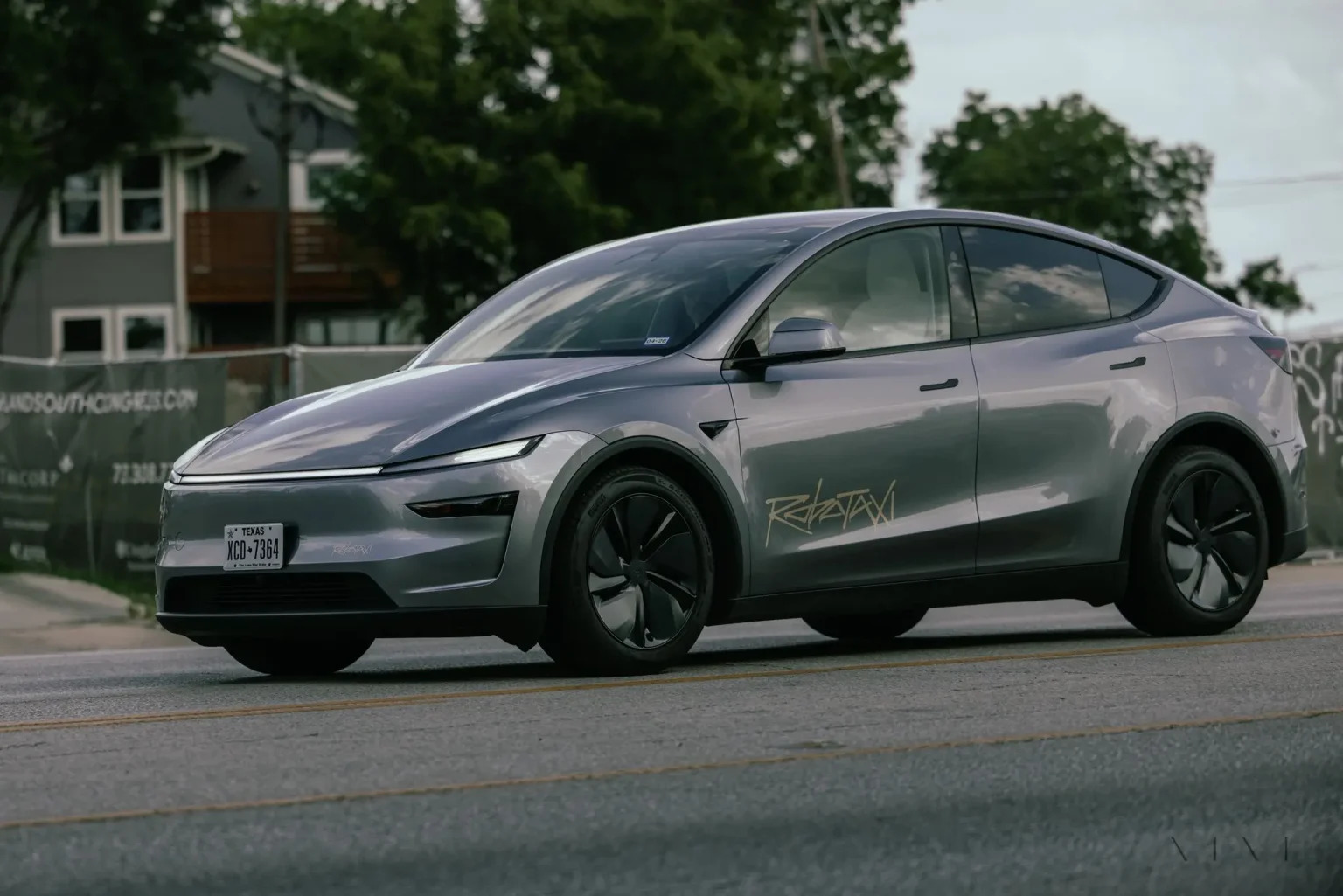
Tesla needs to come through on this one Robotaxi metric, Mark Delaney of Goldman Sachs says.
Tesla is in the process of rolling out its Robotaxi platform to areas outside of Austin and the California Bay Area. It has plans to launch in five additional cities, including Houston, Dallas, Miami, Las Vegas, and Phoenix.
However, the company’s expansion is not what the focus needs to be, according to Delaney. It’s the speed of deployment.
The analyst said:
“We think the key focus from here will be how fast Tesla can scale driverless operations (including if Tesla’s approach to software/hardware allows it to scale significantly faster than competitors, as the company has argued), and on profitability.”
Profitability will come as the Robotaxi fleet expands. Making that money will be dependent on when Tesla can initiate rides in more areas, giving more customers access to the program.
There are some additional things that the company needs to make happen ahead of the major Robotaxi expansion, one of those things is launching driverless rides in Austin, the first city in which it launched the program.
This week, Tesla started testing driverless Robotaxi rides in Austin, as two different Model Y units were spotted with no occupants, a huge step in the company’s plans for the ride-sharing platform.
Tesla Robotaxi goes driverless as Musk confirms Safety Monitor removal testing
CEO Elon Musk has been hoping to remove Safety Monitors from Robotaxis in Austin for several months, first mentioning the plan to have them out by the end of 2025 in September. He confirmed on Sunday that Tesla had officially removed vehicle occupants and started testing truly unsupervised rides.
Although Safety Monitors in Austin have been sitting in the passenger’s seat, they have still had the ability to override things in case of an emergency. After all, the ultimate goal was safety and avoiding any accidents or injuries.
Goldman Sachs reiterated its ‘Neutral’ rating and its $400 price target. Delaney said, “Tesla is making progress with its autonomous technology,” and recent developments make it evident that this is true.
Investor's Corner
Tesla gets bold Robotaxi prediction from Wall Street firm
Last week, Andrew Percoco took over Tesla analysis for Morgan Stanley from Adam Jonas, who covered the stock for years. Percoco seems to be less optimistic and bullish on Tesla shares, while still being fair and balanced in his analysis.
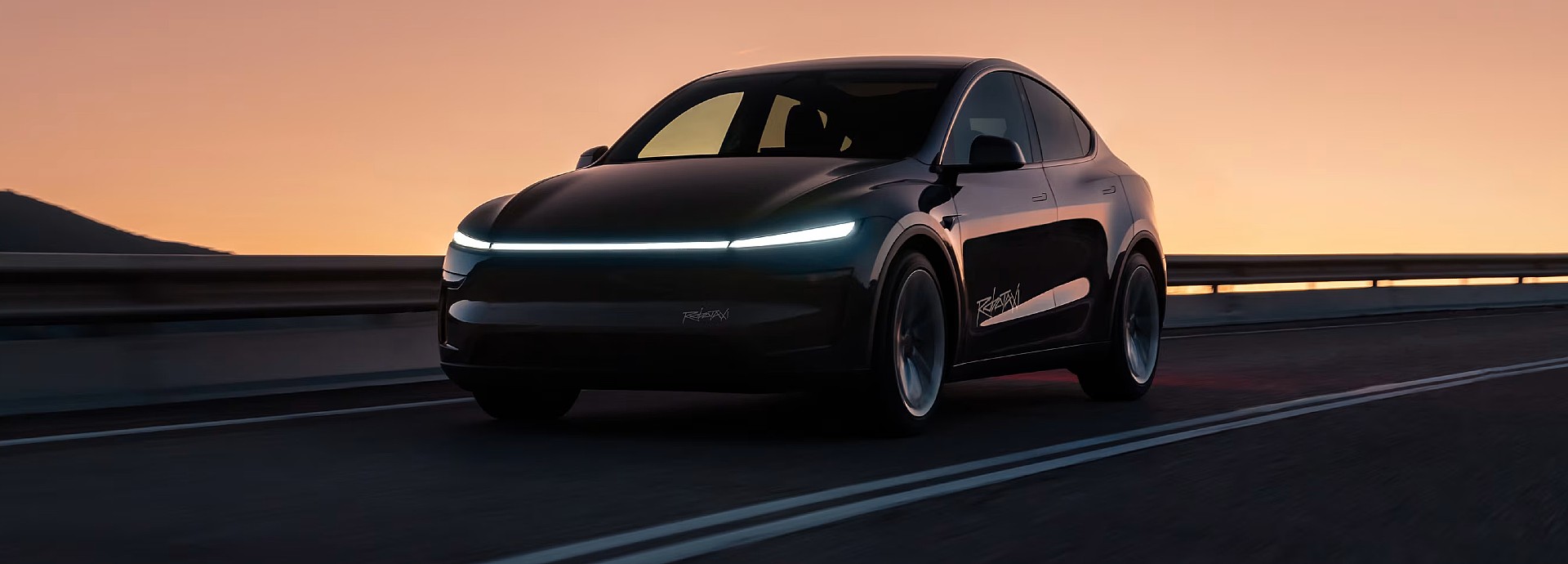
Tesla (NASDAQ: TSLA) received a bold Robotaxi prediction from Morgan Stanley, which anticipates a dramatic increase in the size of the company’s autonomous ride-hailing suite in the coming years.
Last week, Andrew Percoco took over Tesla analysis for Morgan Stanley from Adam Jonas, who covered the stock for years. Percoco seems to be less optimistic and bullish on Tesla shares, while still being fair and balanced in his analysis.
Percoco dug into the Robotaxi fleet and its expansion in the coming years in his latest note, released on Tuesday. The firm expects Tesla to increase the Robotaxi fleet size to 1,000 vehicles in 2026. However, that’s small-scale compared to what they expect from Tesla in a decade.
Tesla expands Robotaxi app access once again, this time on a global scale
By 2035, Morgan Stanley believes there will be one million Robotaxis on the road across multiple cities, a major jump and a considerable fleet size. We assume this means the fleet of vehicles Tesla will operate internally, and not including passenger-owned vehicles that could be added through software updates.
He also listed three specific catalysts that investors should pay attention to, as these will represent the company being on track to achieve its Robotaxi dreams:
- Opening Robotaxi to the public without a Safety Monitor. Timing is unclear, but it appears that Tesla is getting closer by the day.
- Improvement in safety metrics without the Safety Monitor. Tesla’s ability to improve its safety metrics as it scales miles driven without the Safety Monitor is imperative as it looks to scale in new states and cities in 2026.
- Cybercab start of production, targeted for April 2026. Tesla’s Cybercab is a purpose-built vehicle (no steering wheel or pedals, only two seats) that is expected to be produced through its state-of-the-art unboxed manufacturing process, offering further cost reductions and thus accelerating adoption over time.
Robotaxi stands to be one of Tesla’s most significant revenue contributors, especially as the company plans to continue expanding its ride-hailing service across the world in the coming years.
Its current deployment strategy is controlled and conservative to avoid any drastic and potentially program-ruining incidents.
So far, the program, which is active in Austin and the California Bay Area, has been widely successful.
